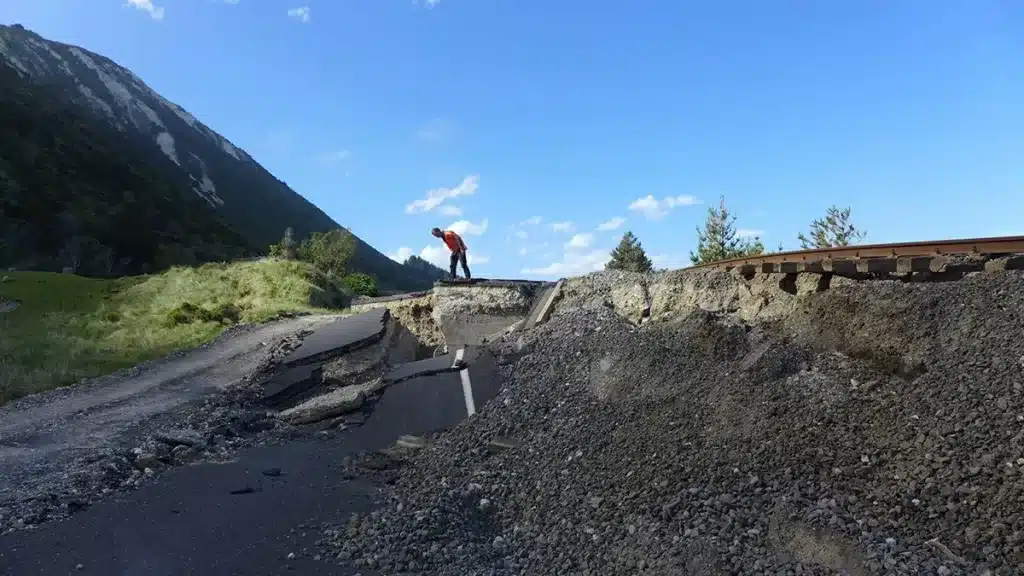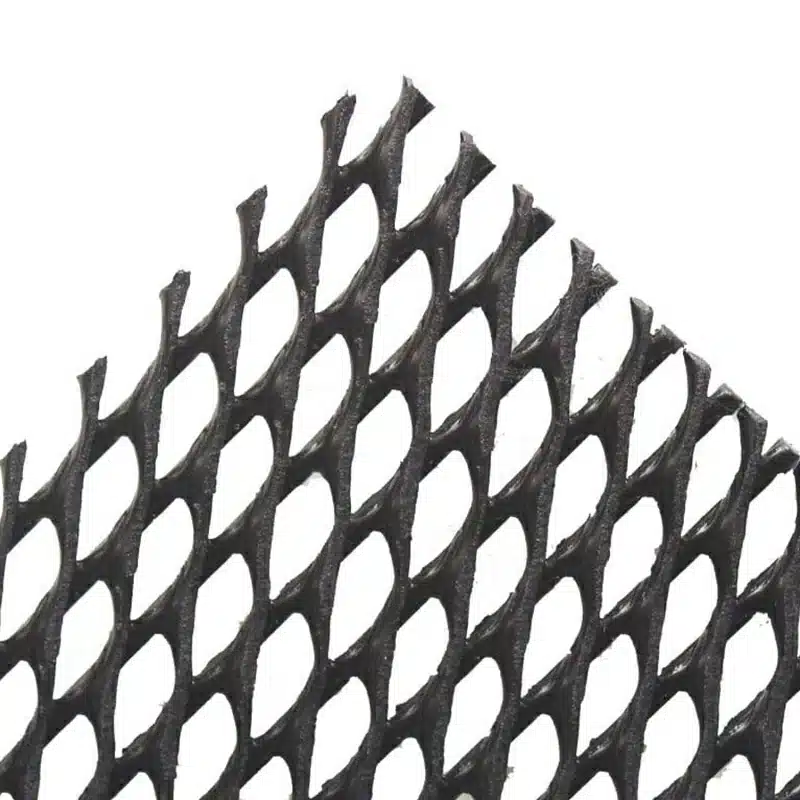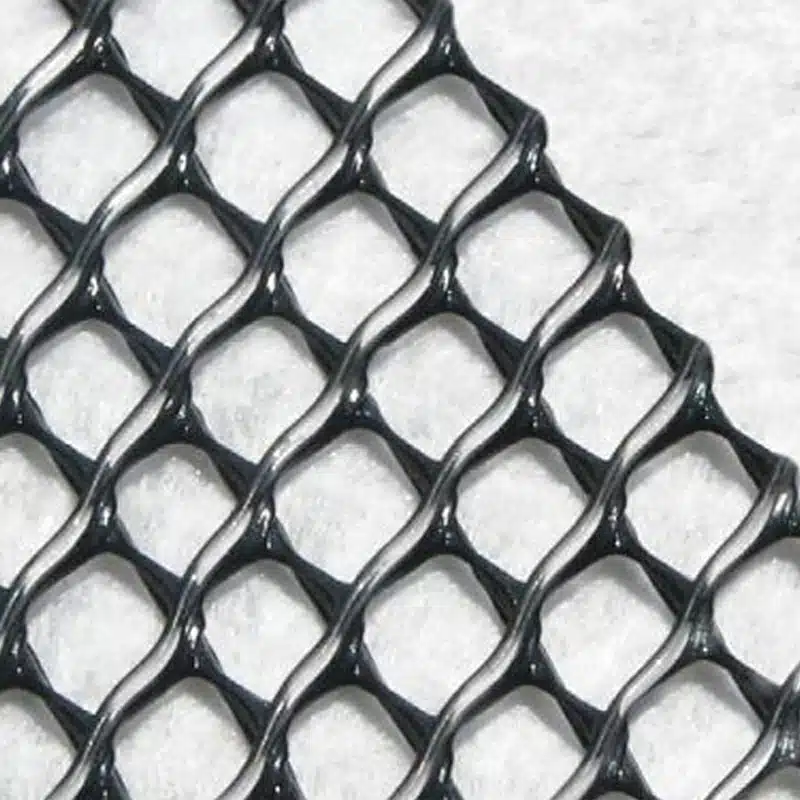+86-159 9860 6917
info@geofantex.com
geofantex@gmail.com
+86-400-8266163-44899
Landfill geonets are essential components of modern waste management systems. This article explores the workings of a landfill geonet, its diverse applications, and the crucial function of geotextiles in landfill engineering.

What is a Geonet?
A geonet is a type of geosynthetic material used primarily for drainage in civil engineering and environmental applications. It consists of a three-dimensional, net-like structure made from high-density polyethylene (HDPE) or other polymers.
Key Features of Geonets:
- Structure: Two or more layers of intersecting polymer ribs that form a grid or net.
- Material: Usually made of HDPE for chemical resistance and durability.
- Function: Designed to convey liquids or gases, often placed between other layers such as geomembranes or geotextiles.
Main Uses:
- Leachate and gas drainage in landfills.
- Subsurface drainage in roads and retaining walls.
- Capillary break layers in composite liner systems.
- Drainage behind tunnels or below sports fields.
Benefits:
- High flow capacity even under load.
- Long-term chemical and biological resistance.
- Easy to install and cost-effective over traditional gravel drains.
Geonets are often part of geocomposite drains when combined with geotextiles for added filtration and protection.
What Are the Uses of Geonets?
Geonets are versatile materials used in various civil engineering and environmental projects, including waste management. They have a wide range of applications, including:
- Landfill Leachate Collection: Geonets play a crucial role in collecting leachate, the liquid produced in landfills, preventing environmental contamination.
- Soil Erosion Control: They help control soil erosion and improve stability in construction projects, especially on steep terrain.
- Drainage Solutions: Geonets are used for subsurface drainage in sports fields, highways, agricultural areas, and more.
- Environmental Protection: Geonets help protect natural resources and aquatic ecosystems by managing water quality and reducing pollutant impact. They are also used in road construction, road widening, asphalt work, building construction, foundations, retaining walls, dams, artificial ponds, water reservoirs, and many other applications.
What is the Function of Geotextile in a Landfill?
Geotextiles, which are permeable fabrics, are often used with landfill geonets to improve their performance. In landfill engineering, these textiles serve several important roles, including:
- Separation: Geotextiles prevent the blending of different soil layers and materials within a landfill, ensuring proper separation.
- Filtration: They allow fluids to pass while retaining soil particles, ensuring efficient leachate collection and drainage.
- Reinforcement: Geotextiles enhance the stability of the landfill structure, especially in situations with varying soil conditions.
- Protection: These fabrics safeguard geomembranes and other barrier systems, ensuring membrane protection at the base of a landfill. This prolongs their lifespan and maintains the integrity of the landfill liner.
In conclusion, understanding how a landfill geonet works is crucial for effective waste management. Geonets, when coupled with geotextiles, play a vital role in preventing environmental contamination by efficiently collecting leachate and stabilizing landfill structures. These geosynthetic materials are integral to sustainable landfill practices and contribute significantly to environmental protection.



Get Free Sample
We’ll respond as soon as possible(within 12 hours)






















